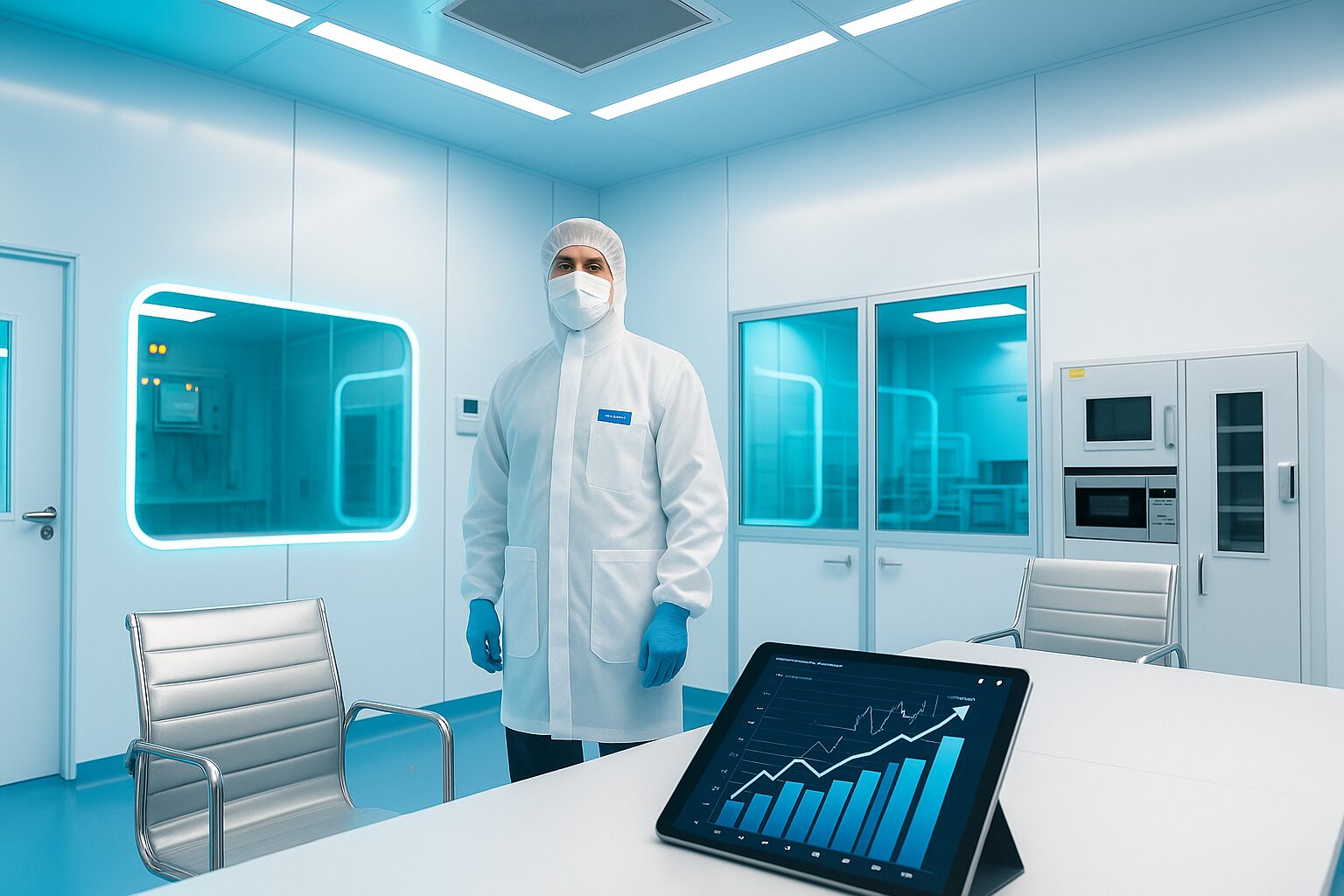Water Cooler: Choosing the Best Model for Your Home
A reliable water cooler is no longer a luxury—it’s a necessity for modern households. With options ranging from compact countertop units to advanced filtration systems, selecting the right model can feel overwhelming. This guide cuts through the noise, offering actionable insights to help you balance budget, functionality, and sustainability. Whether you’re hydrating a family of four or optimizing a small apartment, discover how to make an informed choice that aligns with your lifestyle.
Types of Water Coolers: Breaking Down Your Options
Water coolers fall into four main categories, each catering to distinct needs. Countertop models are ideal for small spaces, requiring no installation. For budget-friendly options, brands like Rockwell offer sleek designs under ₹8,000. These units are portable but may lack advanced filtration. Under-sink systems provide built-in elegance, freeing up counter space. These often include multi-stage filters but demand professional setup.
Wall-mounted dispensers suit high-traffic homes, offering quick access without floor clutter. Bottom-loading coolers simplify bottle replacement, ideal for households with limited lifting capacity. For example, a family in Chennai reduced plastic waste by 80% after switching to a bottom-load cooler with a reusable glass bottle.
Key Features to Prioritize
1. Filtration Technology
Look for NSF-certified systems that remove contaminants like lead and chlorine. Reverse osmosis (RO) filters excel in areas with hard water but waste 3 liters for every 1 purified. Brands like Bluestar integrate RO + UV purification in models such as this energy-efficient system, which includes a remineralization stage for balanced pH.
2. Cooling/Heating Capacity
Households with kids often prefer hot-and-cold models. Ensure the cooler dispenses at least 2 liters/hour of hot water (85–95°C). Compressor-based units, like some Voltas models (see options), chill faster but consume more energy.
3. Energy Efficiency
Thermoelectric units use 0.5–1 kWh daily, better for eco-conscious homes. Check the BEE star rating—a 5-star model, such as Voltas’ high-efficiency cooler, can save ₹3,000 annually on bills.
4. Maintenance Needs
Self-cleaning modes and antimicrobial tanks reduce upkeep. For example, Rockwell’s countertop cooler features a silver-ion tank that inhibits bacterial growth.
Case Study: Solving Hard Water Challenges in Rajasthan
A Jaipur family struggled with limescale ruining appliances. Their tap water had 500 ppm TDS (total dissolved solids). They installed an RO + UV cooler with a remineralization filter, similar to Bluestar’s advanced system. Post-installation tests showed TDS at 150 ppm, and limescale buildup in kettles dropped by 90%.
Cost Analysis: Upfront vs. Long-Term Expenses
- Basic Bottle Coolers: ₹5,000–₹10,000 (recurring bottle costs).
- RO/UV Systems: ₹15,000–₹35,000 (e.g., Bluestar’s RO model at ₹22,000 with ₹4,000 filter costs over two years).
- Smart Coolers: ₹25,000+ (Wi-Fi leak alerts).
Future Trends: Sustainability Meets Tech
- Solar-Powered Coolers: Emerging models use 100W panels, cutting grid dependence by 70%.
- AI Leak Detection: Brands like Voltas are testing sensors that alert users via app (explore).
Disclaimer: Some links in this article are affiliate links, such as those for Amazon products. These may generate a small commission at no extra cost to you, supporting our research. We never compromise editorial integrity for partnerships.













Leave a Reply